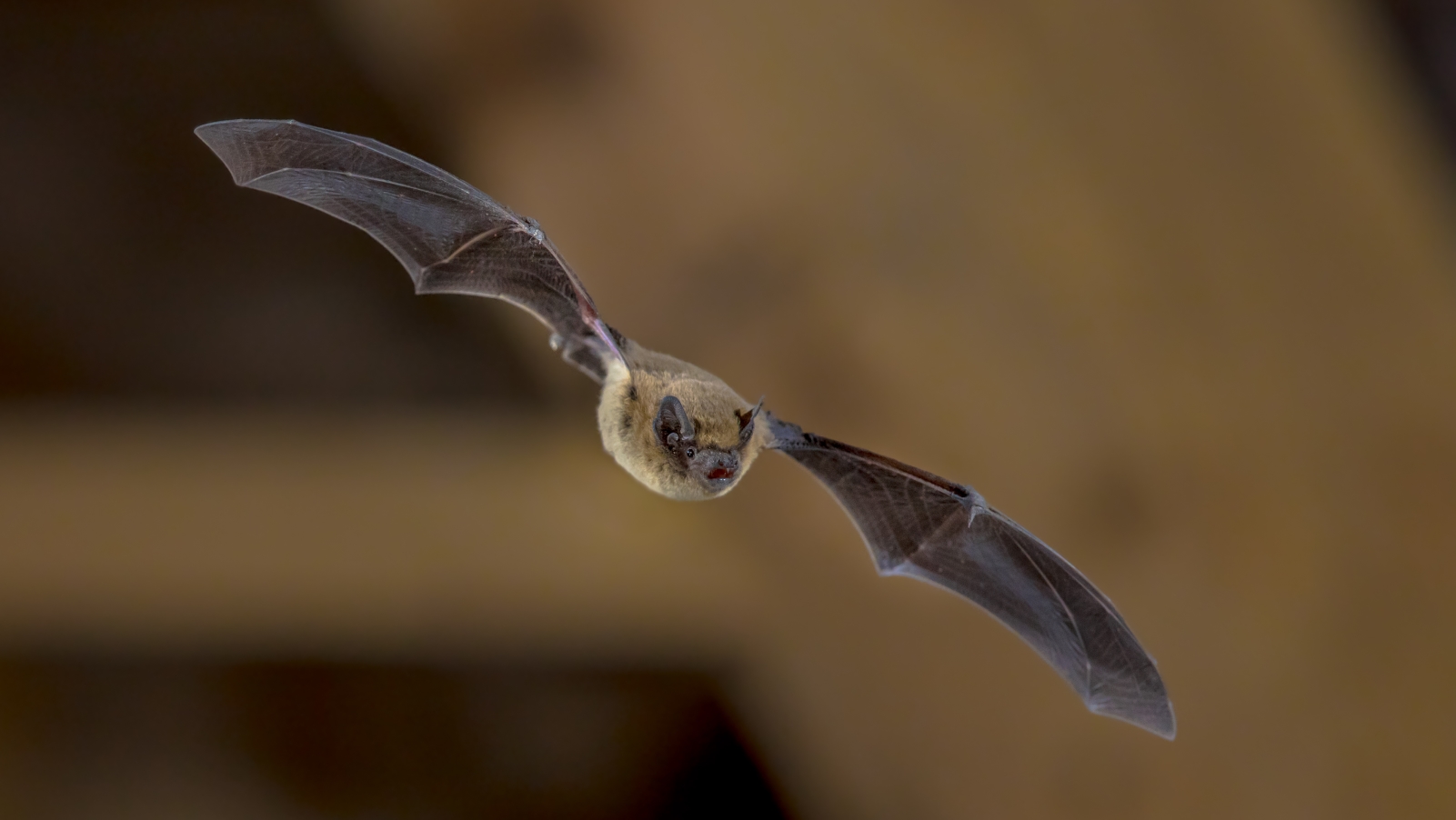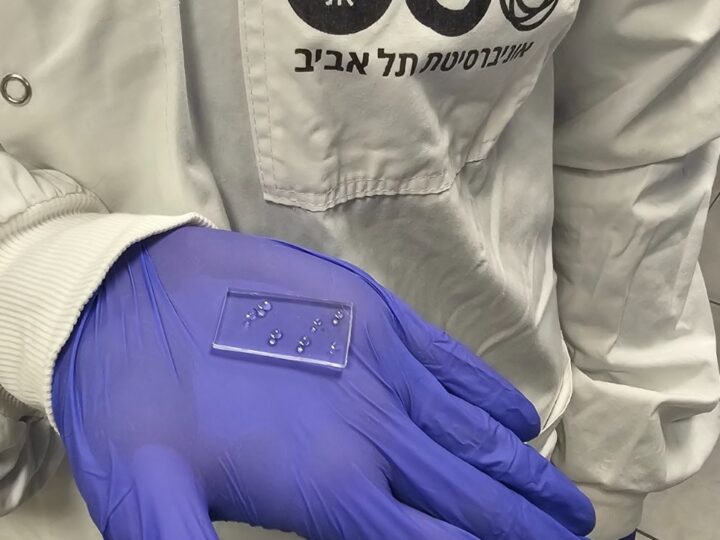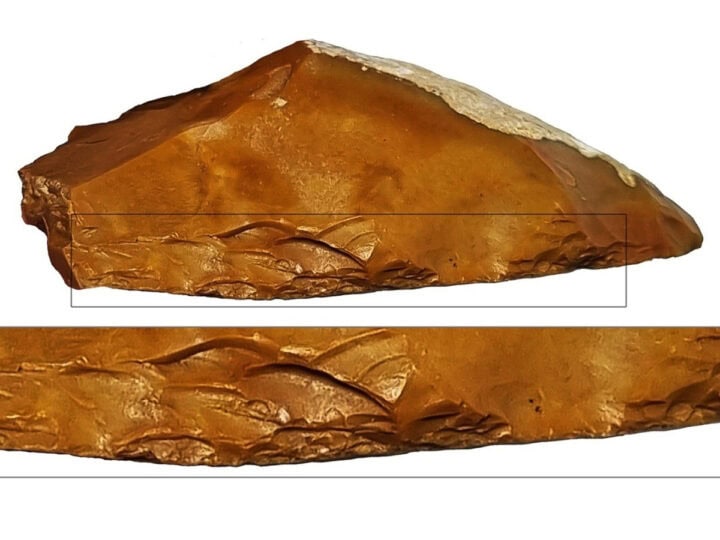If bats frighten you, you’ll want to steer clear of Tel Aviv University graduate student Itamar Eliakim’s latest invention: an autonomous robot that navigates in the dark like a bat.
“Robat” doesn’t fly like its biological inspiration, but scoots on the ground on four wheels. The similarities come into play when the Robat finds itself in new territory. Like a bat, it uses echolocation to map its environment based only on sound.
Scientists have long known that bats emit sounds that are reflected by objects in their surroundings. The bats use this echo information to “see” in the dark. But applying echolocation as the basis for a robot has rarely been tried until now.
Robat is equipped with an ultrasonic speaker that produces frequency-modulated chirps at a rate typically used by bats, as well as two ultrasonic microphones that serve as the robot’s ears. The Robat then classifies the borders and shapes of the objects it encounters with its artificial neural network.
The result is a rich, accurate map of its environment while avoiding obstacles. If Robat reaches a dead end, for example, it can use its classification abilities to determine whether it is blocked by a solid wall or by a plant through which it could pass.
Eliakim says Robat demonstrates “the great potential of using sound in future robotic applications.”
Eliakim’s findings were published in the science journal PLOS Computational Biology. Funding came in part from the Israel Ministry of Science, Technology and Space. Prof. Yossi Yovel of TAU’s School of Zoology and Dr. Gabor Kosa of TAU’s School of Mechanical Engineering serve as Eliakim’s advisers.
Fighting for Israel's truth
We cover what makes life in Israel so special — it's people. A non-profit organization, ISRAEL21c's team of journalists are committed to telling stories that humanize Israelis and show their positive impact on our world. You can bring these stories to life by making a donation of $6/month.









